
scrounge: /skrounj/ informal verb: to actively seek [books] from any available source
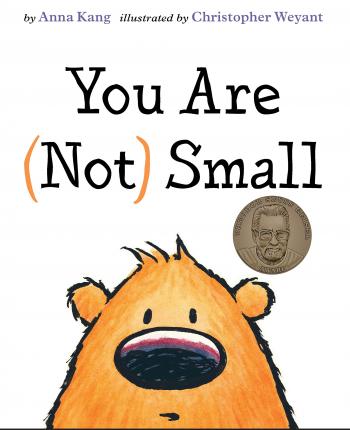
"Perspective" would be the one word you could use to sum up You Are (Not) Small. It's a short, easy read, with few words, but uses those words and illustrations to communicate quite clearly how eager we are to simply compare everything we encounter to ourselves (and pronounce judgments as well).
While it's geared toward preschoolers (or early readers), adults can also learn something from this simple demonstration of the different comparisons that are possible when you broaden your perspective even a little bit.
Scrounged From: Amazon (Kindle)
Format: Kindle
Author: Anna Kang
Illustrator: Christopher Weyant
Pages: 32
Content Advisory: None
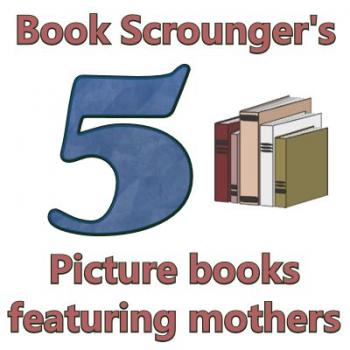
Since Mother's Day is coming up, I thought I'd collect a few favorite picture books that feature mothers. Of course, lots of books contain mother characters somewhere, especially books that are family focused. These specifically stood out as making the mother a major character in the story.
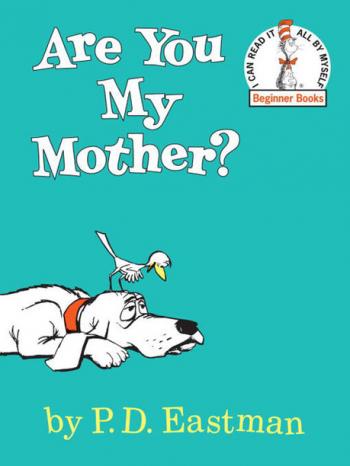
Are You My Mother?, by P.D. Eastman, is a classic that's been around since before I was born. I read it to siblings and now read it to my own kids -- several generations have enjoyed this story of the young bird hunting for his mother who, unbeknownst to him, flew off just before he hatched to find a worm for him. He gradually establishes that the hen, cat, dog, and cow are not his mother, and then moves on to inanimate objects, culminating with -- the "snort"! Young readers are often excited when he is finally reunited with his mother at the end.
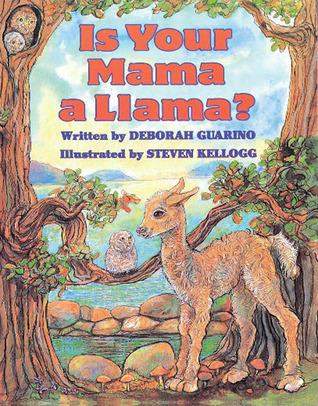
Is Your Mama a Llama?, by Deborah Guarino, is another fun preschool book featuring lots of different mother/baby animal duos, introduced in well-written rhyming text. Each animal that Lloyd the llama encounters gives him a few clues about who their mama is -- following the rhyme and the pictures will probably make most of them easy for children to guess. This is another one that I've read both to siblings and to my own kids.
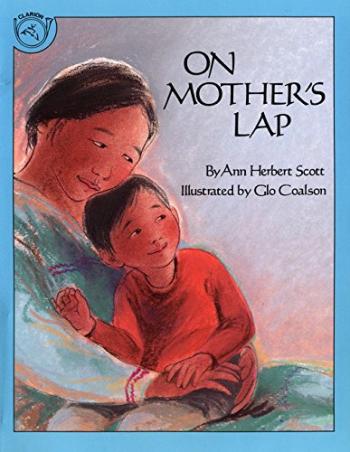
A great book for growing families, On Mother's Lap, by Ann Herbert Scott, communicates a mother's unending love not only for a "new baby," but also for the first child to reassure them that they are loved just as much. The older brother in this simple story is a bit unwilling to share his mother's lap with a baby sibling (though this is not explicitly stated, a bit of jealousy can be inferred from his actions). But she reassures him that there is always room on mother's lap as she rocks both of her children together. While also not explicity stated, this story is set in an Inuit village.
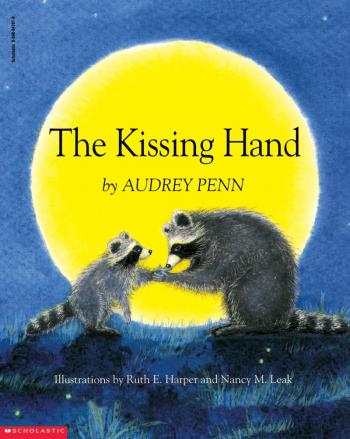
This bestseller is a popular read-aloud for children who are going off to kindergarten for the first time. The Kissing Hand is the story of a mother raccoon who helps her baby cope with being away from her by giving him a kiss in his hand. That way, he can keep it with him and bring the kiss out whenever he misses her or needs a little encouragement. Very heart-warming, and even though we homeschool this is still such an important aspect of love to communicate to children.
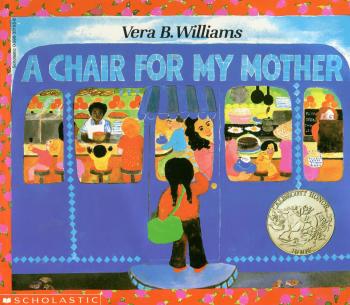
A Chair for My Mother, by Vera B. William, is geared toward older children than the others on this list, but I like how it captures a realistic situation in a low-income community and shows a mother and daughter working to better their lives, bit by bit. After a fire destroys their home, Rosa and her mother and grandmother collect coins to buy a nice comfortable chair for Rosa's mother. She works as a waitress and spends a lot of time on her feet, so when she comes home at the end of a long day, she wants a nice place to rest. After they save up enough money, they get to reap the benefits of their labors and pick out a chair that is just right for all of them.
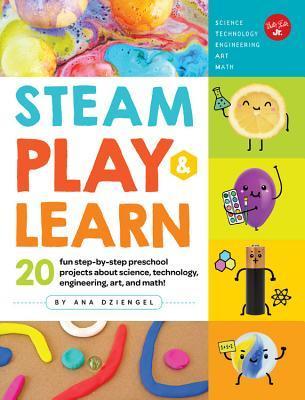
With vibrant photos and cute, colorful illustrations STEAM Play & Learn provides a bunch of fun activities for preschool or early-elementary-age children. Whether it's making a colorful volcano out of a lemon, a battery out of a lime, or giant building blocks from lunch bags and crumpled newspaper, this book includes activities that encourage problem-solving and engineering, but many also involve creative and artistic elements too.
The activities are grouped based on difficulty: easy, medium, and difficult. Some involve a lot of adult prep including hot-gluing and using tools (though the "Newton's Cradle" out of popsicle sticks does seem pretty cool!), but fortunately most fall into the "easy" category, and some can even be done with common household items. Food coloring is a common ingredient, as well as marbles, clay, baking soda, etc.
I've already gathered some inspiration on making building materials out of cardboard tubes with holes punched in them and straws (though we used pipe cleaners instead), and the "goop" recipe looks like it will be a fun thing to do outside in the summer.
It looks like there will be something here for everyone with young kids, whether you just want something quick and easy for preschoolers, or feel like tackling a multi-step activity for older kids, and each one includes some information about the particular scientific principles that are at work, plus each one looks like it would be a lot of fun.
(Thanks to NetGalley for the review copy.)
Scrounged From: NetGalley
Format: Kindle
Author: Ana Dziengel
Pages: 80
Content Advisory: None
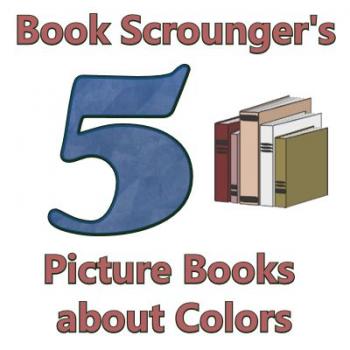
I've already made a list about books geared toward art in general, but this one is specifically about colors. Of course, there are many many picture books that introduce colors to children, some based on particular themes that may be more exciting to some children than others. These are just some of our personal favorites out of the many fun and useful books out there.
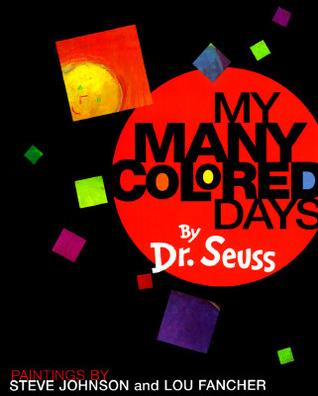
Even though I grew up with Dr. Seuss books, it wasn't until I was an adult that I realized he had produced a "colors book" as well. However, My Many Colored Days does not contain his trademark Seussical illustrations -- instead, the manuscript of this poem was illustrated by Steve Johnson and Lou Fancher, and not published until after Seuss's death. What results is a vibrant celebration of color and emotion, as each color has a particular feeling paired with it -- from happy and energetic to low and upset, the colors help to visualize an animal embodying something about each emotion. But in the end, the book emphasizes that "I'm still me" through all of it.
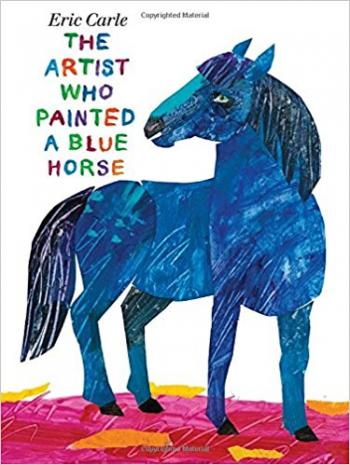
From another well-known children's book author, The Artist Who Painted a Blue Horse is Eric Carle's tribute to German painter Franz Marc. While nothing is said of Marc in the text, there is a short informational paragraph about him at the end. Carle encountered Marc's work while growing up in Germany -- Marc was one of many "degenerate" artists whose work was banned by the Nazis, and one of his more famous paintings is of a blue horse. This book includes animals drawn in all the "wrong" colors -- a purple fox, an orange elephant, etc. It is a way of encouraging children to not let conventional expectations limit their art. For another colorful book of animals illustrated by Carle (mostly conventionally), see also Brown Bear Brown Bear What Do You See?. Also, while it's not a "colors book," Carle's Animals Animals pairs his vibrant illustrations with sayings and poems about many different animals (most conventionally depicted, this time).
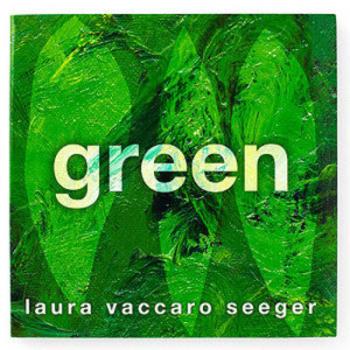
While Green is not a regular colors book that depicts every major color, it also doesn't limit itself entirely to green either. Many shades are explored here -- from jungle green to "shaded" green (trees). Also, each page includes clever cut-outs that become very different things on each side of the page. Not only that, but the paintings are lovely, full of textured detail. See my full review here.
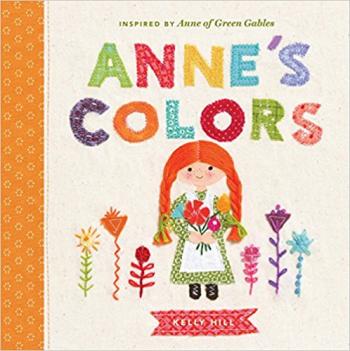
For those who are fans of L.M. Montgomery's Anne of Green Gables series, Anne's Colors is a beautiful celebration of major scenes from the first book, as a means of introducing colors. The illustrations were created with fabric and embroidery, which adds some texture and life to Anne's world. We get to see a brown dress (with puffed sleeves, of course), red cordial, blue sky, etc. See my full review here.
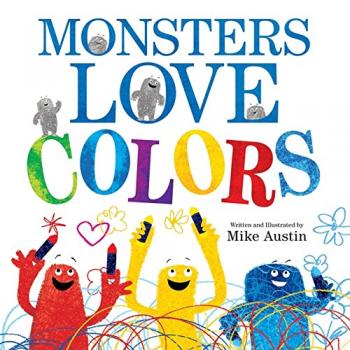
For children who enjoy monsters, Monsters Love Colors, by Mike Austin, is an exuberant (and of course colorful) celebration of colors and how fun it can be to color with them and mix them up. This book uses monsters to show how the primary colors can be mixed to create the secondary colors, and that when they're all together, they make a beautiful rainbow. For kids who don't like monsters (or just for a more subdued book with a similar premise), see Mouse Paint, which demonstrates the same mixing of colors.
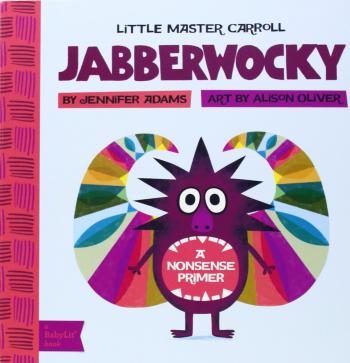
The BabyLit series is any literature-lover's dream come true. Whether you have children of your own, or nephews, nieces, godchildren, or friends, this is such a cute way to introduce babies and toddlers to some of your favorite classic books. While I think some entries in the series are better than others, one of my favorites so far is Jabberwocky. Probably that is partly because it includes large portions of Lewis Carroll's original poem, with such recognizable phrases as "the frumious bandersnatch," and "O frabjous day, callooh callay!"
Of course, this book has managed to omit any references to "vorpal swords" or slaying. Which does make the last bit somewhat choppy. But this is still a fun "nonsense primer," with cute, colorful images of nonsense creatures and a sweet final image of a father and son.
Scrounged From: Amazon (a Christmas present for our kids)
Format: Board book
Author: Jennifer Adams
Illustrator: Alison Oliver
Pages: 22
Content Advisory: None


